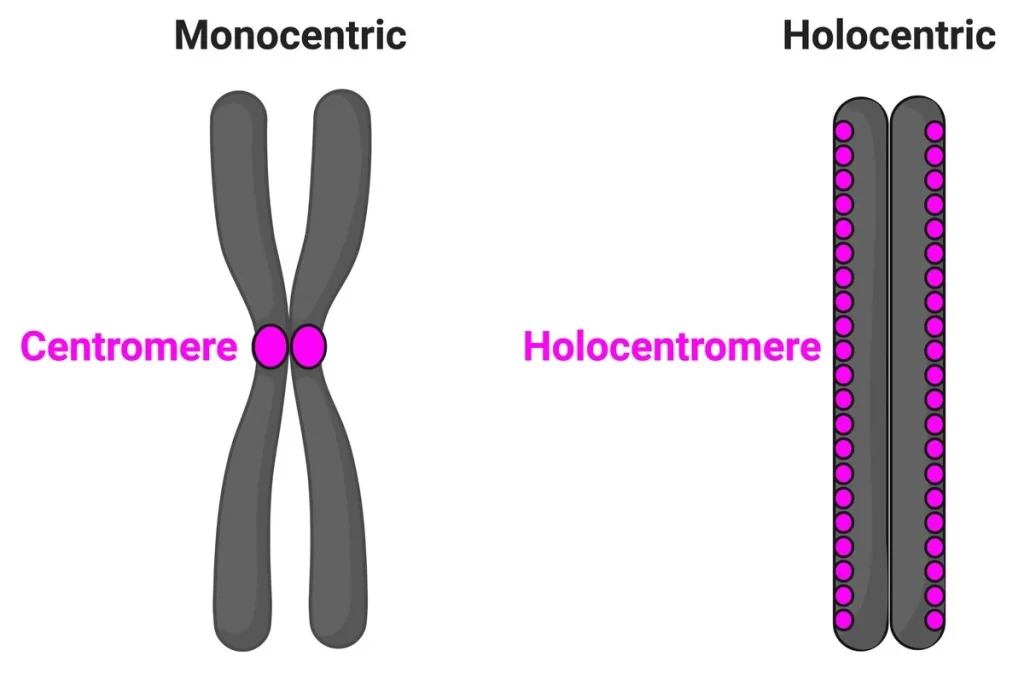
As methods of medicine advance, targeted drug delivery becomes a more appealing and achievable option over its non-selective counterpart. It can focus solely on increasing therapeutic concentration in the target area while greatly eliminating any exposure to healthy tissue, and thus drastically lowering side effects as well. The effective and simple mechanisms of click chemistry are a great way to design payloads for these targeted drug delivery methods. With the use of enzyme-degradable peptides in click chemistry drug delivery, lasting therapeutics can remain in the system for local sustained release over time as well.
Enzyme-degradable peptides for sustained drug delivery
The team at Rutgers focused on a two-phase method to set up the targeted drug delivery. First, ROS-sensitive PEGDA and acrylate-PEG-azide are aimed at the target area, driven by elevated free radical levels. Once the pretargeting is complete, a payload tethered to DBCO is delivered and captured via azide-DBCO reactions. Enzyme-degradable peptides were provided by LifeTein and incorporated into both steps for the ongoing release of the captured payloads.
The results showed success in the models tested, with the initial dosage still effective in capturing the payload several days later. This system demonstrated the versatility of a two-phase method, where long-term effects are even further avoided by incorporating enzyme-degradable peptides. The proof of concept displayed here has great promise for the future of drug delivery and just goes to show how applicable click chemistry is to even more fields.
Emily T. DiMartini, Kelly Kyker-Snowman & David I. Shreiber (2023) A click chemistry-based, free radical-initiated delivery system for the capture and release of payloads, Drug Delivery, 30:1, DOI: 10.1080/10717544.2023.2232952
